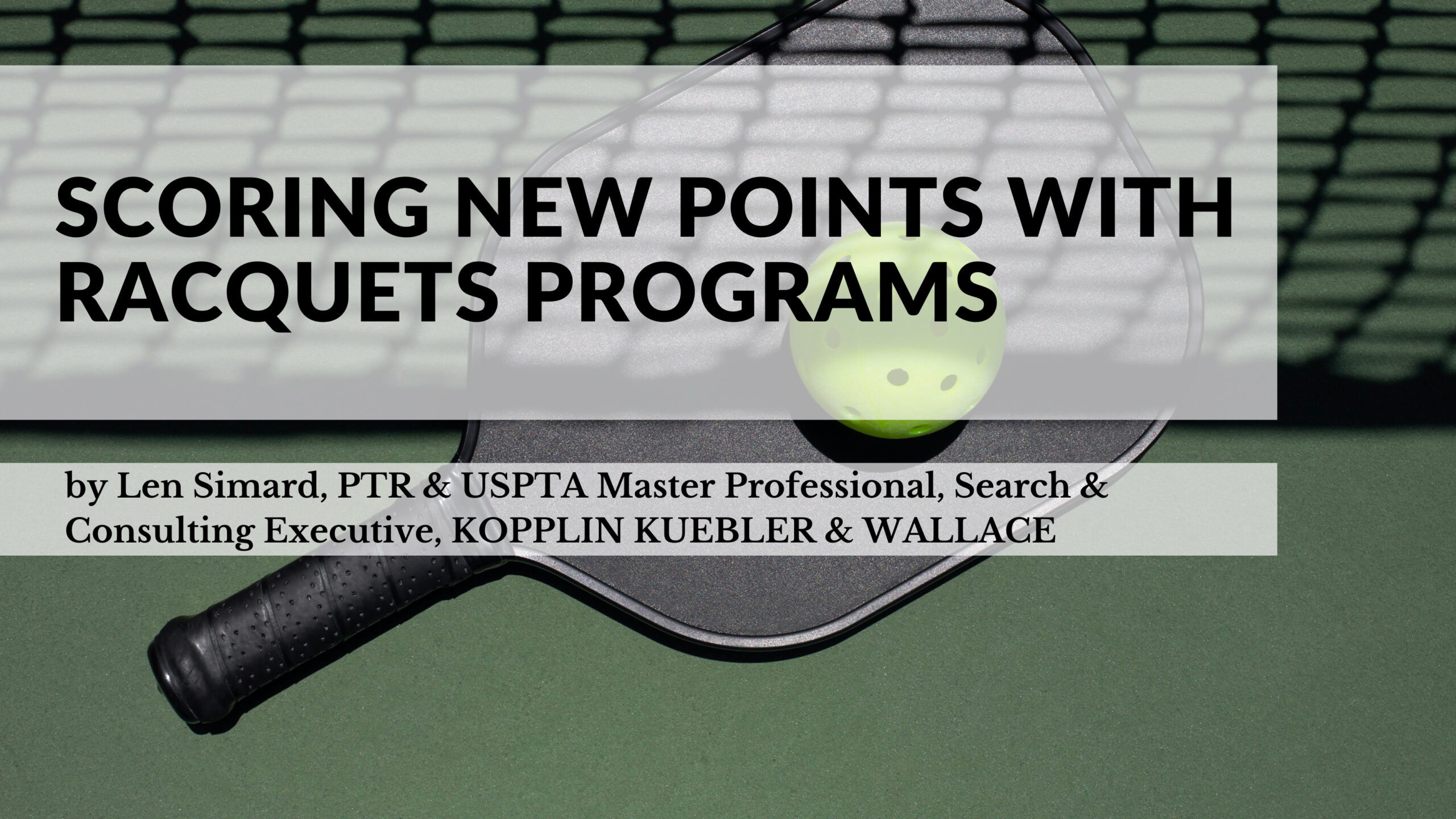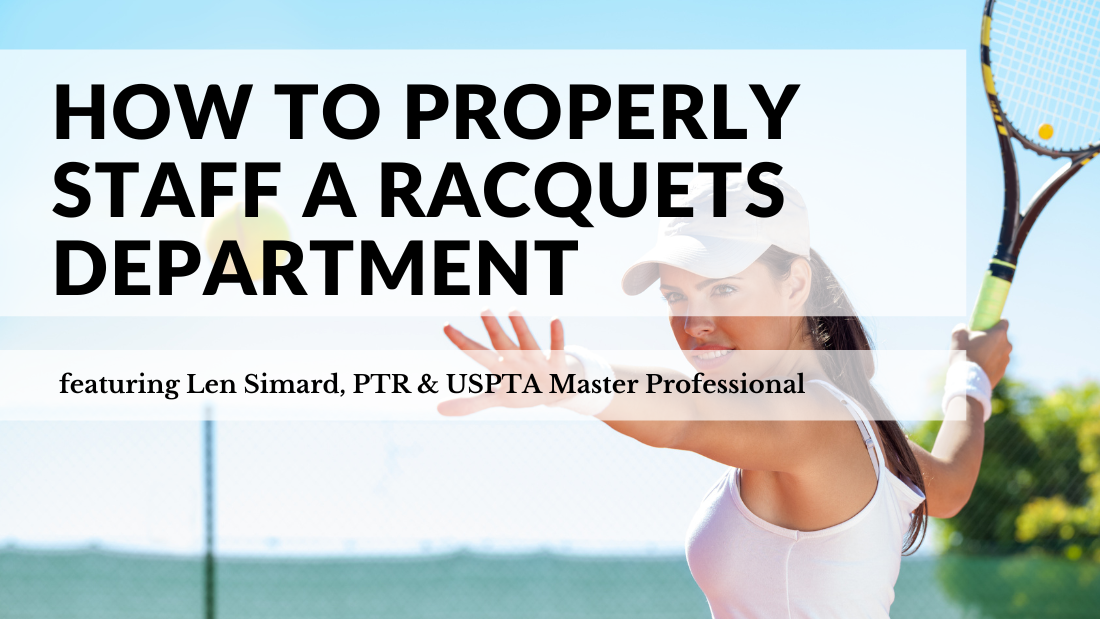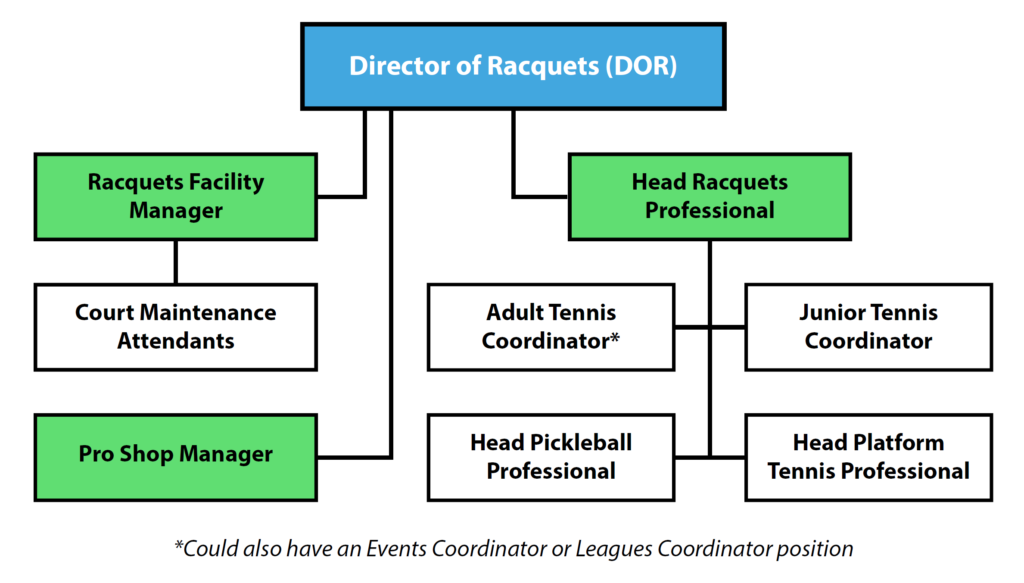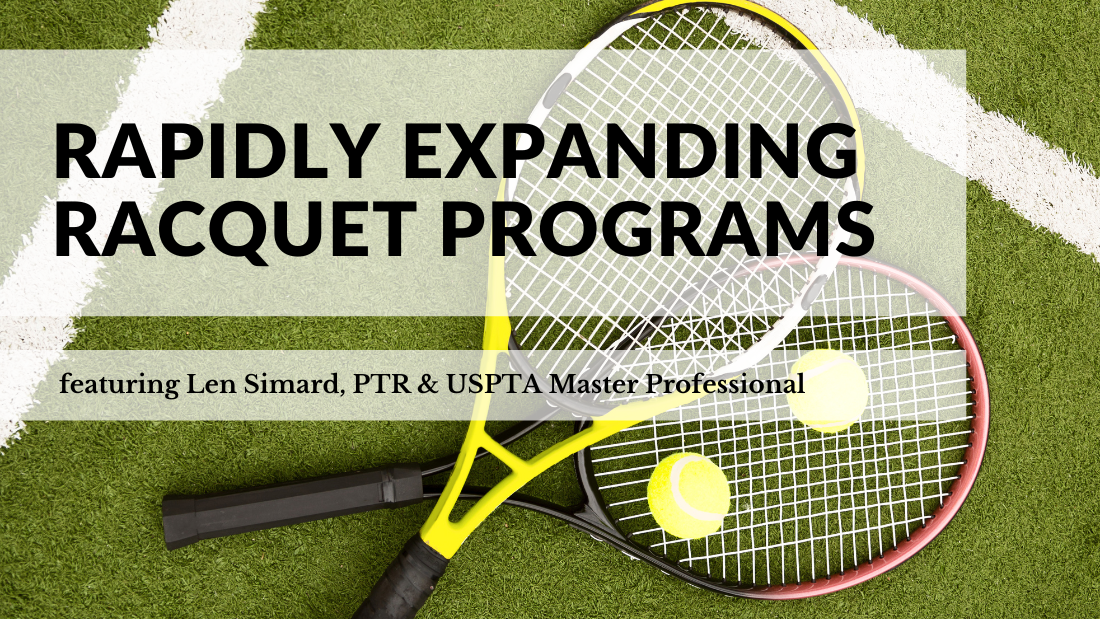Racquets on the Rise
The racquets industry will continue with massive growth in 2024 so clubs will want to ensure their racquet professionals and programs continue to evolve to remain relevant. According to Len Simard, PTA and USPTA Master Professional and search consultant with Kopplin, Kuebler and Wallace, thinking and acting creatively will be essential. He makes the following recommendations and predictions for the year ahead:
- Clubs will look to enhance pickleball facilities by not just building permanent pickleball courts but by adding partially covered courts as well. With the rise of social and trendy pickleball facilities such as Chicken N’Pickle, members will seek indoor and outdoor courts where food and beverage service is readily available. Clubs will also begin adding or expanding padel courts, as this sport continues to gain momentum across the country.
- Continuing to offer creative, collaborative and innovative programming will be crucial for private clubs. Simard suggests a focus on entry level events and programs with a variety of programs for upward progression. Collaborating with other departments to create exceptional member experiences will be a necessity.
- Racquets staff should be challenged with more responsibilities and their titles (and salaries) should be adjusted to reward those who best set the team up for success. To keep up with the pickleball explosion, Simard urges clubs to bring head pickleball professionals or pickleball coordinators on to their teams immediately.
- Investing in the racquets department goes beyond just the facilities. Structuring compensation packages to incentivize racquets professionals based on gross revenue and the member experience within the department is the current trend. Professionals and assistant professionals should receive a salary and be rewarded based on the member experience and overall growth of the program. Clubs should also be investing in their racquets professionals, encouraging certification in tennis, pickleball, paddle and padel.
The Private Club Advisor – April 2024
Len Simard, PTR & USPTA Master Professional, Search & Consulting Executive, KOPPLIN KUEBLER & WALLACE. He can be reached via email: len@kkandw.com.








